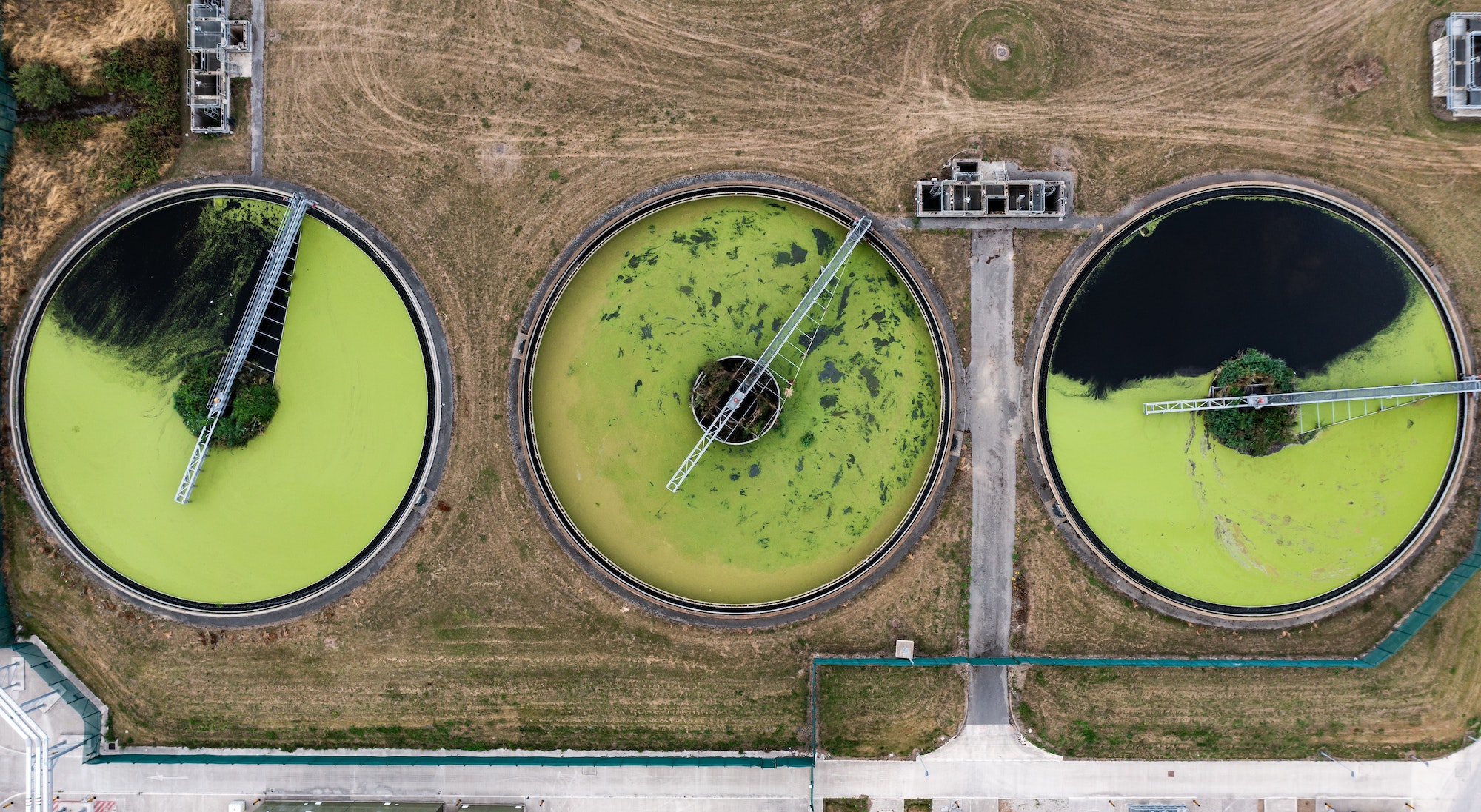Wastewater treatment is an essential process for maintaining the health of our environment and managing water resources. One of the innovative approaches to wastewater treatment involves the use of algae, specifically marine algae, which has shown great potential in addressing this issue while also providing additional benefits. This article will discuss the environmental applications of algae in wastewater treatment and explore the depths of marine algae research.
Algae play a vital role in wastewater treatment by removing nutrients and pollutants, such as nitrogen and phosphorus, which can cause eutrophication – a process where excessive nutrients lead to dense algal growth, oxygen depletion, and harm to aquatic life. Algal-based wastewater treatment systems offer a sustainable and cost-effective alternative to conventional methods, which often involve energy-intensive processes and the use of chemicals.
Marine algae are particularly well-suited for wastewater treatment due to their unique properties. They are able to grow rapidly in various conditions and are capable of withstanding high concentrations of pollutants. Additionally, marine algae have a high affinity for nutrients, meaning they can effectively absorb and assimilate them into their biomass. This ability makes them ideal candidates for bioremediation – the use of living organisms to remove or neutralize pollutants from contaminated environments.
Researchers have been exploring various types of marine algae for their potential in wastewater treatment, such as macroalgae (seaweeds) and microalgae (single-celled organisms). Macroalgae, such as Ulva and Gracilaria species, have been shown to effectively remove nitrogen and phosphorus from wastewater in laboratory-scale studies. Microalgae, such as Chlorella and Scenedesmus species, have also demonstrated promising results in nutrient removal and biomass production.
One of the significant advantages of using algae for wastewater treatment is that their biomass can be harvested and used for various applications. For instance, bioenergy production from algal biomass is a promising area of research due to its high lipid content, which can be converted into biodiesel. Moreover, algal biomass can be used as a source of valuable bioproducts, such as proteins, pigments, and bioactive compounds, which have applications in the food, pharmaceutical, and cosmetic industries.
Another exciting application of marine algae research is the development of biofilters for aquaculture systems. Integrating algae into aquaculture systems can help maintain water quality by removing excess nutrients and providing oxygen through photosynthesis. This approach not only improves the health and growth of aquatic organisms but also reduces the environmental impact of aquaculture.
Despite the promising potential of algae in wastewater treatment, there are still challenges to overcome. One of the main issues is scaling up from laboratory-scale experiments to large-scale applications. This requires optimization of cultivation conditions and efficient harvesting methods to ensure the cost-effectiveness and sustainability of algal-based wastewater treatment systems.
Furthermore, there is a need for a better understanding of the interactions between algae and other microorganisms present in wastewater. This knowledge will help improve the efficiency of nutrient removal and develop strategies to prevent the growth of harmful algal species or pathogens that could pose risks to human health or the environment.
In conclusion, marine algae research has opened up new opportunities for addressing wastewater treatment challenges while providing additional environmental benefits. The use of algae in wastewater treatment holds great promise for sustainable water resource management and the production of valuable bioproducts. As research in this field continues to advance, it is essential to support interdisciplinary collaborations among scientists, engineers, and policymakers to develop innovative solutions that promote a healthy environment and sustainable development.

